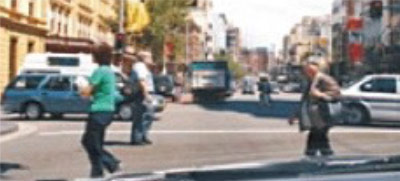Glaucoma
The Silent Thief of Sight
Technology
First Challenge Glaucoma’s Unmet Need


Glaucoma is the 2nd leading cause of blindness
Glaucoma is the “silent thief” due to high
IOP* with asymptomatic progression


Patients and eye care professionals
struggle because of:
non-compliance
poor early diagnosis/detection
* intraocular pressure

Technology
Current Treatments’ Shortcomings
Current glaucoma therapies and treatments are often ineffective or invasive and expensive. The current standard of care, for over 90% of patients, is eye drops.
Eye drops are simple to apply but are plagued by:
• Poor compliance (~50%)
• Low bioavailability
• Side effects
A small number of patients, about 10% of glaucoma sufferers, are treated with surgical implants, lasers, inserts or plugs
These may be more effective than eye drops, but are invasive, expensive and not easy to remove or change.
Glaucoma Market
The global glaucoma market is made up of 70 million patients and is growing – it represents a market size around $6 billion annually.
Plus, about 4 million to 6 million people with glaucoma or ocular hypertension are undiagnosed or untreated currently, in the U.S. alone.
And, despite over 50 years of research, there is still no commercial solution for treatment via contact lenses.
Innovative Approach + Enabling MediPrint™
Technology = Successful Products
By using FDA cleared contact lenses, leveraging existing contact lens high speed manufacturing and adding the MediPrint™ process, the result is medicated contact lenses with sustained drug delivery and comfort.
Using an FDA cleared drug and FDA cleared contact lens leads to a shorter regulatory course via a 505 (b) (2) pathway.
We believe that initially mild to moderate glaucoma and ocular hypertension sufferers, likely from 45 – 70 years old, will benefit the most from our MediPrint™ contact lenses.
Key eye care stakeholders will benefit from an ongoing paradigm shift in eye care in the U.S. Optometrists are generally viewed as gatekeepers responsible for primary eye care, they are often the first to diagnose glaucoma, so they customarily see mild to moderate glaucoma patients, and they routinely fit contact lenses. Ophthalmologists typically see patients with more severe glaucoma, so their focus is on surgical and laser procedures, and treating less mild to moderate patients optimizes their patient flow.

